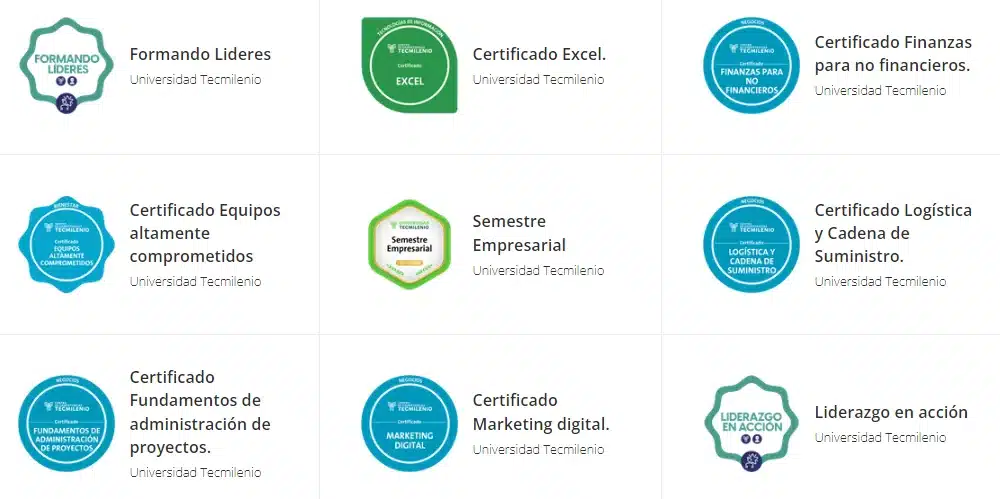Microcredentials are a learning experience that is characterized as a modern and flexible type of recognition that can be used to validate a wide range of knowledge and skills in detail. There are several reasons to offer Microcredentials at your University, below we present 10 of them:
1. Adapt to the needs of students
The microcredentials They are a way of adapting education to the needs of students. They can be used to provide students with the flexibility they need to learn at their own pace and in their own time.
2. Encourage continuous learning
Microcredentials can encourage continuous learning. By offering recognition for specific achievements, microcredentials can motivate students to continue learning and growing.
3. Attract new students
Microcredentials can attract new students to college. By offering a more flexible and affordable way to obtain an education, microcredentials can reach students who would not otherwise be able to attend college.
4. Improve employability
Microcredentials can improve employability. By demonstrating that students have the skills and knowledge necessary to perform a job, microcredentials can help students find employment.

5. Help students achieve their career goals
Microcredentials can help students achieve their career goals. By providing students with the flexibility and recognition they need, microcredentials can help students advance in their careers.
6. Offer a new way of learning
Microcredentials offer a new way of learning. By focusing on competency-based learning, competencies can provide students with a more relevant and effective learning experience.
7. Contribute to educational innovation
Another reason to offer microcredentials at your University is that they contribute to educational innovation. By offering a new way to recognize learning, microcredentials can help universities improve their educational programs.
8. Expand access to education
Microcredentials can expand access to education. By offering a more affordable and flexible way to obtain an education, microcredentials can reach students who would not otherwise be able to obtain a college education.
9. Respond to the needs of the labor market
Microcredentials can respond to labor market needs. By focusing on learning specific skills, microcredentials can help students acquire the skills they need to succeed in the job market.
10. Improve the learning experience
Microcredentials can enhance the learning experience. By focusing on goal-based learning, microcredentials can help students learn in a more meaningful way.
How to get started?
If your university is considering granting microcredentials, there are a few steps you can take to get started:
- Define your goals. What do you want to achieve with microcredentials? Do you want to reach a new student market? Offer personalized career paths?
- Research the options. While there are a few microcredential platforms and providers available, the most comprehensive is Accredited. Do your research to find the option that best suits your university’s needs.
- Develop a plan. Create a plan that defines the courses you will offer, how you will offer them, and how you will evaluate them.
- Promote your microcredentials. Make sure students are aware of the microcredentials you offer.
Microcredentials are an exciting opportunity for universities. By granting microcredentials, universities can improve education and learning, and they can reach a new student market.
Subscribe to blog here and receive all our content







